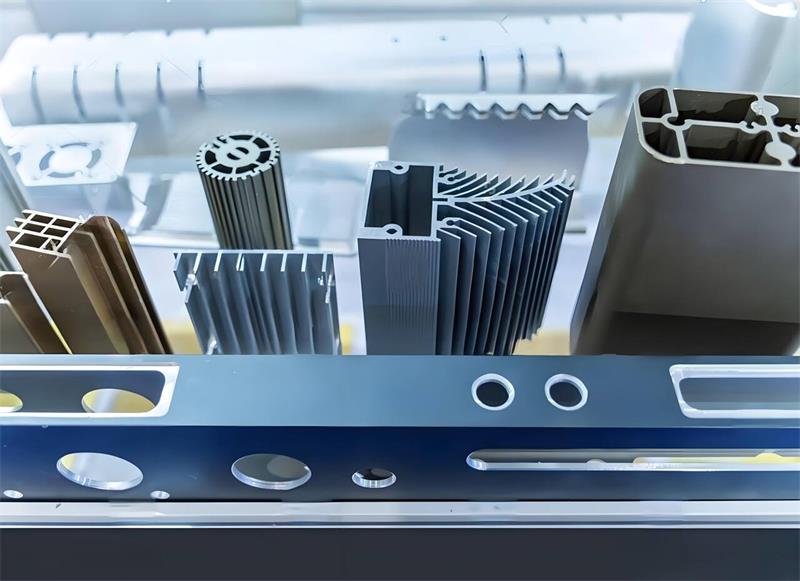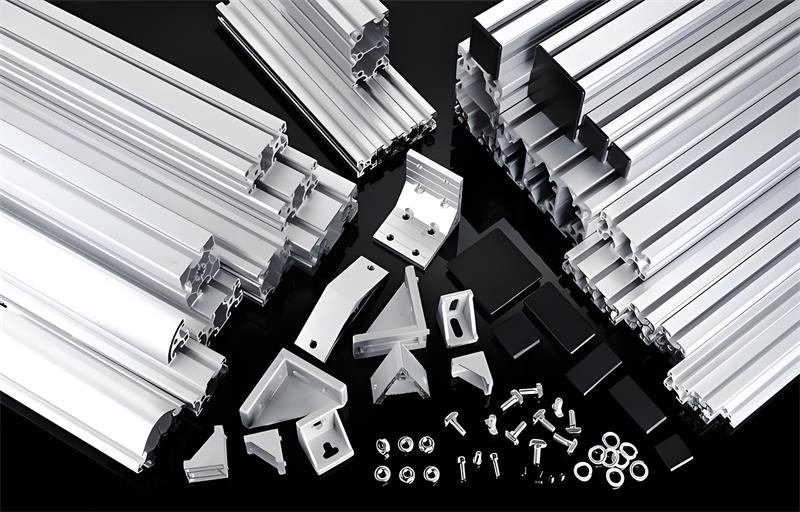The Impact of International Logistics Cost Changes on Aluminum Trade

1.Introduction
In the globalized business arena, the aluminum trade stands as a cornerstone of the industrial economy, with aluminum profiles being a crucial commodity in various sectors. International logistics acts as the artery that enables the seamless flow of these products across borders. However, the ever - changing international landscape has led to significant fluctuations in logistics costs, which have profound implications for the aluminum trade.
2. Factors Driving International Logistics Cost Fluctuations
Trade frictions between major economies are a primary driver of cost volatility. For instance, ongoing disputes, like those between the US and China, have led to the imposition of tariffs on aluminum products. These tariffs force shipping companies to reevaluate and modify their routes, often resulting in longer transit times and reduced transportation efficiency. Such adjustments not only increase the time products spend in transit but also escalate associated costs, from fuel consumption to labor expenses.
Geopolitical conflicts also play a significant role. Regions such as the Middle East, a key transit area for global shipping, are prone to political unrest. Piracy threats, military tensions, and the closure of important waterways due to conflicts can disrupt shipping routes. This not only poses risks to the safety of aluminum cargo but also leads to a surge in insurance premiums and fuel costs, as ships may need to take longer, safer routes.
Other factors, including fuel price fluctuations and port - related issues, contribute to the volatility. Since most aluminum transportation relies on fossil - fuel - powered vessels and vehicles, any increase in oil prices directly inflates transportation costs. Additionally, port congestion and labor strikes can cause significant delays, increasing storage and demurrage charges for aluminum products.
3. Impact on Aluminum Trade
The large volume and heavy weight of aluminum profiles make logistics costs a substantial part of the total cost of goods. When these costs rise, profit margins for aluminum traders and manufacturers are severely squeezed. For example, a small increase in shipping costs can translate into a significant reduction in profit for large - scale aluminum profile exports.
Higher logistics costs also erode the price competitiveness of aluminum products in the global market. In price - sensitive industries like construction, where cost - effectiveness is a key consideration, aluminum profiles that become more expensive due to increased logistics costs may lose out to cheaper alternative materials. This can lead to a decline in demand and, consequently, a reduction in trade volumes.
Moreover, the change in logistics costs can alter the flow of aluminum trade. Exporters may seek out new markets with lower logistics costs or change their shipping routes and modes of transportation. This shift can reshape the global aluminum trade map, with some traditional trade routes losing importance and new ones emerging.
4. Coping Strategies for Aluminum Enterprises
To mitigate the impact of fluctuating logistics costs, aluminum enterprises can adopt several strategies. First, optimizing logistics routes is essential. By leveraging data analytics and working closely with logistics providers, companies can identify the most cost - effective shipping options, including multimodal transportation, which combines sea, land, and air transport.
Second, strengthening partnerships with logistics providers can yield benefits. Long - term contracts can secure favorable rates and ensure reliable service. Collaborative relationships also enable better communication and coordination, allowing for quicker responses to potential disruptions in the supply chain.
Third, implementing scientific inventory management is crucial. By accurately forecasting demand and maintaining appropriate inventory levels, companies can avoid overstocking, which incurs high storage costs, and stock - outs, which can lead to lost sales. This balance helps manage costs effectively while ensuring a steady supply of aluminum profiles.
Finally, focusing on developing high - value - added aluminum products can offset rising logistics costs. By investing in research and development, aluminum manufacturers can create specialized aluminum profiles for niche markets, such as those required in the aerospace or high - tech industries. These products can command higher prices, reducing the impact of increased logistics expenses on overall profitability.
5. Conclusion
In conclusion, international logistics cost changes have a far - reaching impact on the aluminum trade. From squeezing profit margins to altering trade patterns, these fluctuations pose significant challenges to aluminum enterprises. However, by understanding the factors driving these changes and implementing appropriate coping strategies, companies can navigate these turbulent waters and maintain their competitiveness in the global aluminum market. As the international landscape continues to evolve, adaptability will be the key to the long - term success of aluminum businesses.


 En
En



 Location:
Location:
















